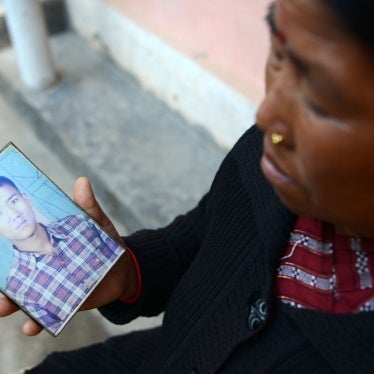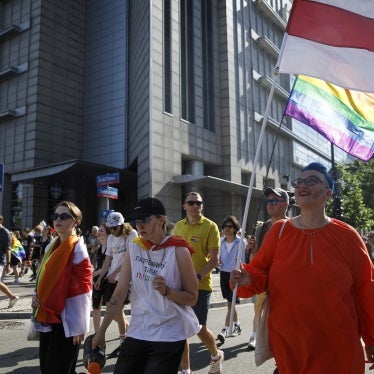Seven children killed by rockets in a mosque, a 16-year-old girl abused by a district police chief, more than 80 civilians killed in bomb attacks written off as insurgents. This dismal glimpse into the relentless chaos of war, seen through the hazy eyes of international soldiers in Afghanistan, comes from the massive leak of military field reports. And while US department of defence officials were quick to say that things have changed, this is sadly only half true.
I've trawled through this unwieldy database for some of the incidents that I've followed since 2008. For the most part, though, what I've seen fits what I already knew - that the battlefield assessments before and after some massive civilian casualty incidents have been horribly inaccurate about the presence of civilians and about civilians killed.
Part of this no doubt reflects the fog of war, and the difficulty of troops on the ground making sense of messy situations. But the documents also expose a poor vision which is troubling - not least because it is too often turned into stony-faced public denials from US and Nato spokesmen. I've met families, still reeling with grief after these incidents, who struggle to comprehend why the representatives of those they've seen wreak havoc in their homes are denying responsibility for their actions.
Since 2008 American and Nato forces have introduced some significant improvements in operational guidelines in order to reduce civilian harm and to avoid the denials and the misreporting. These steps have helped, but have not solved the problem of poor intelligence, human error, and a lack of transparency and accountability. And this includes incidents I've looked into during the last few months, long after some of the tactical directives issued to remedy these problems.
The most notable, positive impact has been a reduction in casualties from airstrikes. But those airstrikes continue, with several incidents just last month in which civilians were reportedly killed in air attacks. There's been an improvement in guidance for detention operations, to minimise civilian harm during "night raids" - night-time ground operations to capture or kill insurgent commanders but as airstrikes have reduced, troops have increased, and the use of raids has intensified.
Nine men and teenage boys were killed in May in Nangahar province, according to the government and family members. The US declared them all Taliban and refused to investigate; that the two men the US detained and held for five days were never questioned and were so quickly released, suggests that the US forces had soon realised their mistake. But still the official position is that a Taliban sub-commander named Mullah Shamsuddin was killed in the attack. The Afghan government investigation, not yet made public, has concurred with what all the local residents said - there was no Mullah Shamsuddin there and they must have mixed him up with a student named Shamsurrahman. Like mixing up Robinson with Robertson. Only deadly. And still denied.
I discovered amid the leaked data what might be proof of a similar and even more catastrophic example of poor intelligence. When the US bombed a village in western Afghanistan in August 2008, killing more than 80 civilians, it was declared a success because a Taliban commander called Mullah Sadiq had been eliminated. (The huge numbers of civilian dead were initially denied until protests and video evidence forced the US to admit to 33 killed).
Locals told me that Mullah Sadiq was still around days after the bombing. And now here he is - Mullah Sadiq seen after the bombing in the western region in at least three field reports in the leaked documents. So more than 80 dead, based on bad intelligence, with the target still alive. And nobody is known to have been investigated or held responsible.
The leak comes at an interesting moment. Last month I was in Washington DC, where some argue that Afghans won't fight and Americans aren't allowed to because their hands are tied by too many rules. In Kabul last week I heard that new tactical directives were bouncing around the Pentagon while the US military headquarters in Afghanistan was revising existing ones - it's still not known which direction they were going in. But the fear is that, far from further strengthening the rules to protect civilians, the gloves might come off, and the emphasis might swing back towards "force protection": protecting the lives of international troops even if it's at the cost of Afghan lives.
One can only hope that these massive leaks, with their graphic descriptions of civilians killed in so many ways and places and for so many years, will mute these cries for weakening protections. The situation in Afghanistan is deteriorating, and many are questioning the military strategy there. An increase now in civilian casualties would be a tragedy for Afghans, and a disaster for international efforts in Afghanistan.
Rachel Reid is a researcher in the Asia Division of Human Rights Watch.




